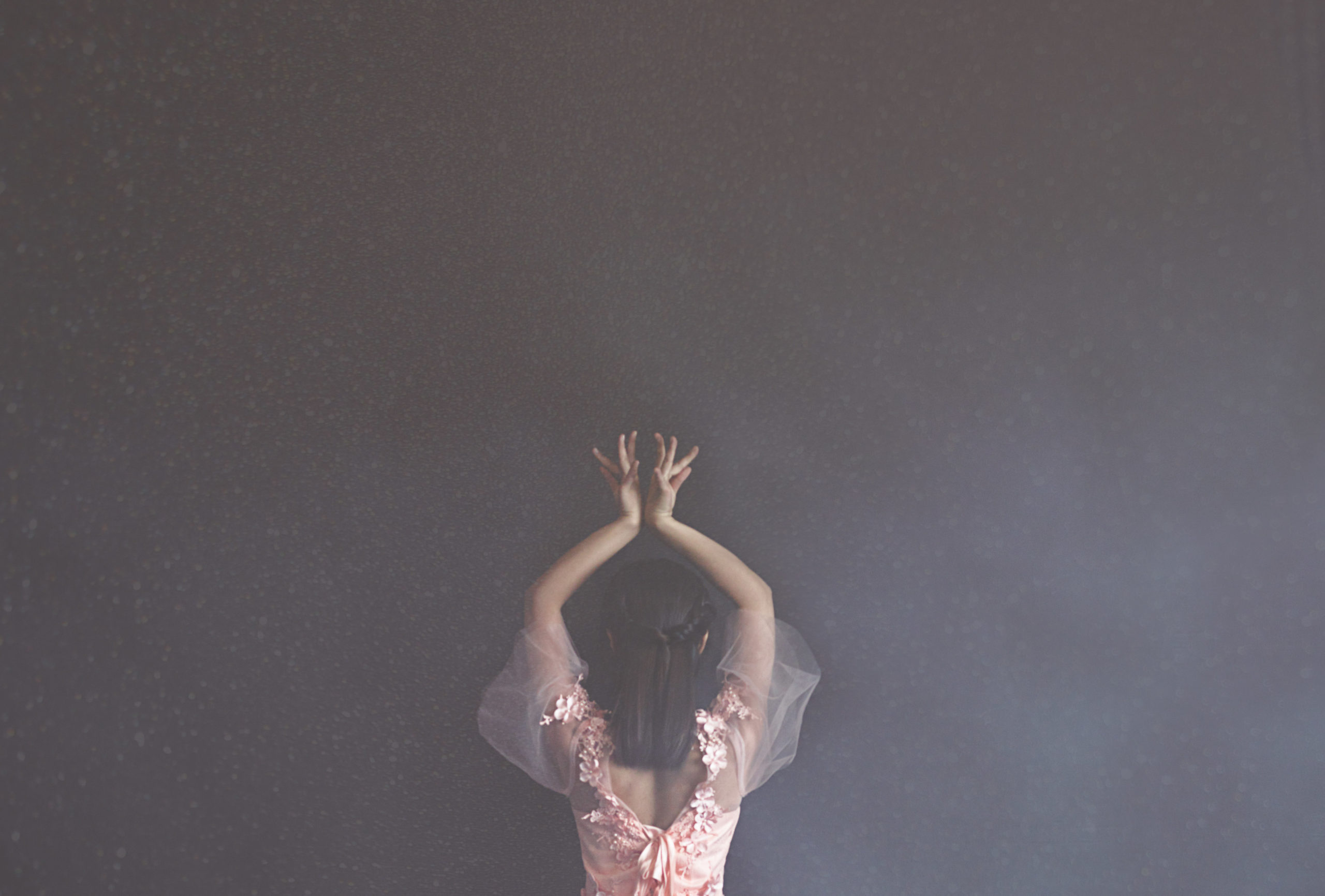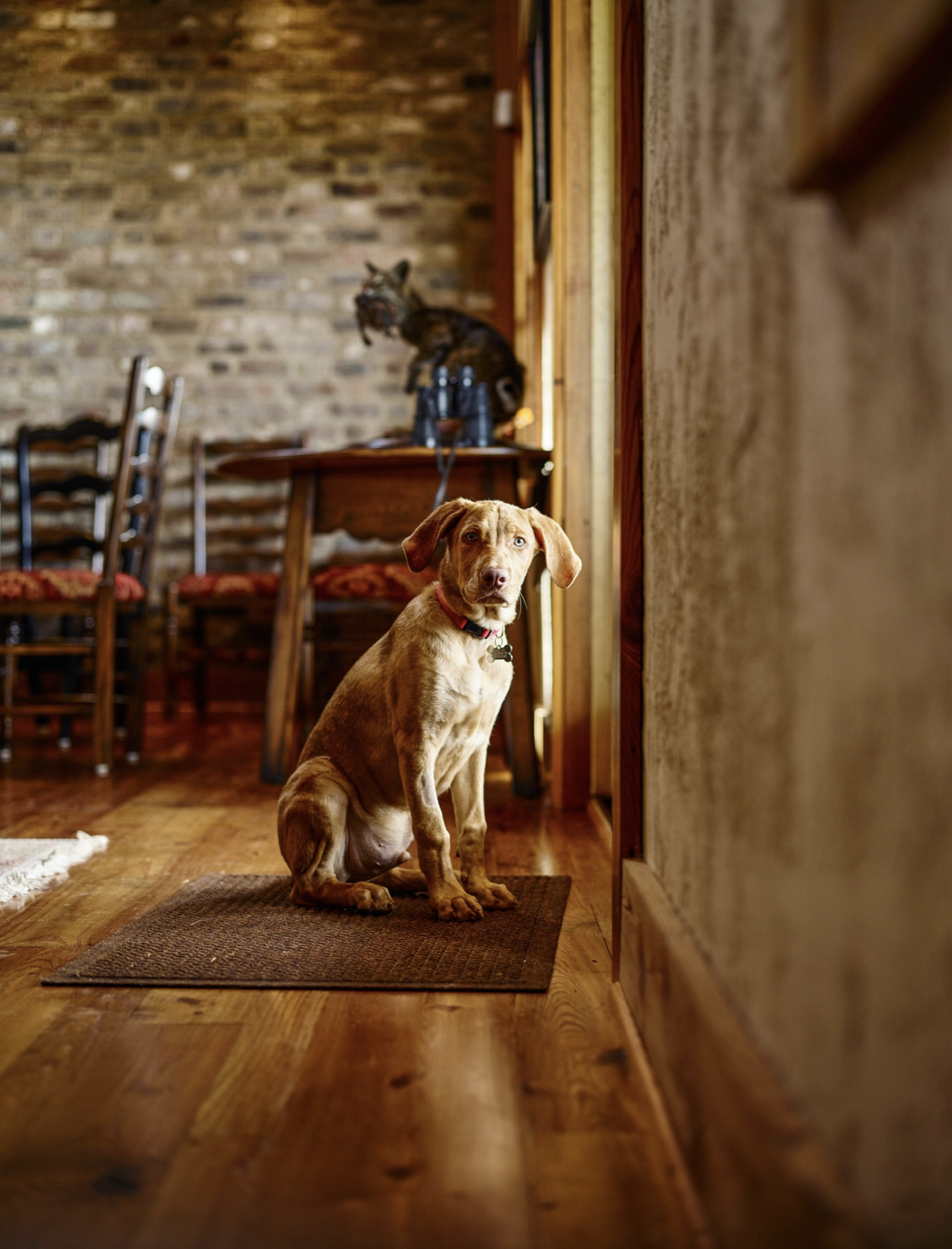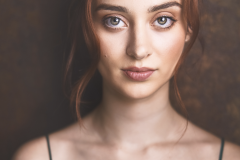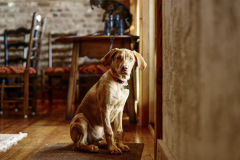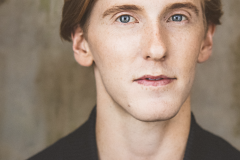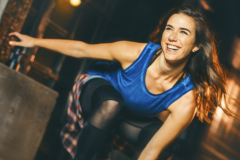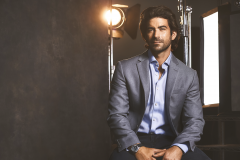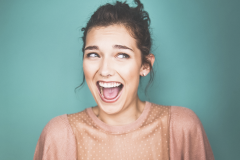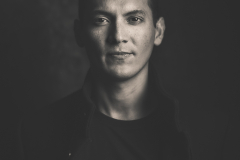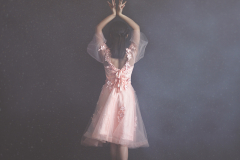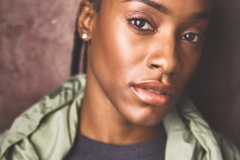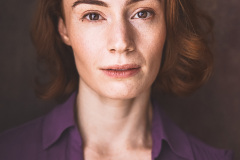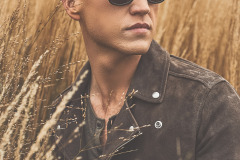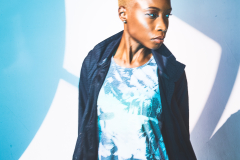Digital Transitions, Featured Photographer, Photographer Profile
Featured Photographer – Michael Levy
This month we are featuring the enchanting and unique portrait work of photographer, Michael Levy. Michael was just awarded a ThreeBestRated award for the 3rd year in a row for Best Commercial Photographer in NYC. Read more to learn about Michael, his work, and his creative process below.
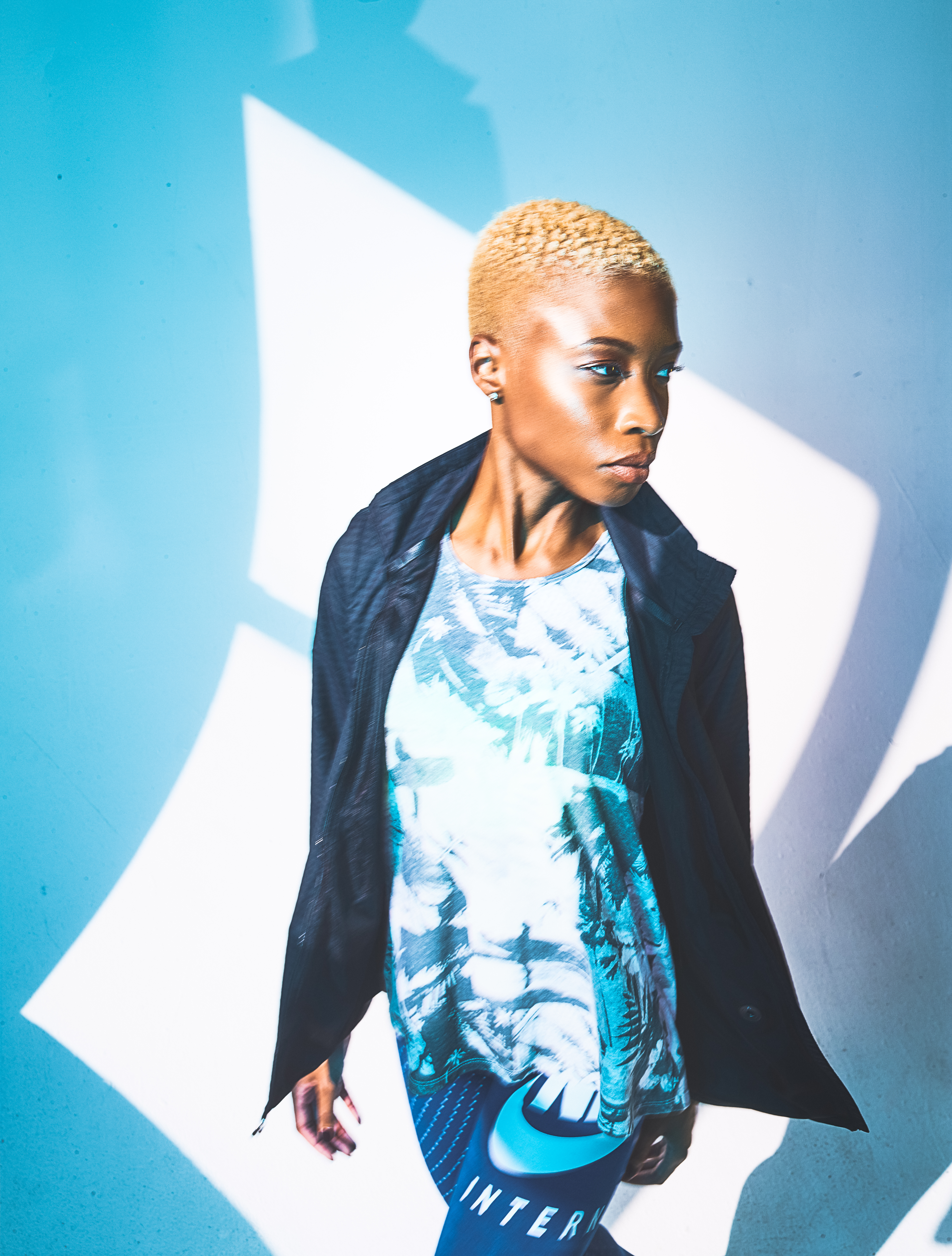
Describe your approach to photography— What makes your work unique? What makes a good image?
So much talent out there, I hesitate to label myself…I’m always happy when clients feel I’ve captured them, understood them. At the end of the day though, we remember the story in our photos, not the technical precision behind them. The desire to be unique; the desire to be original is transformative enough for your work, it gives the artist power, and a voice, it’s the passion you have to tell whatever story you want. What separates us is the present moment.
We may all agree with what the story is, or how it should be told. The only thing that really separates us is the point in time within which we work. This is the hardest question to answer because uniqueness and the idea of being good are entirely subjective. I can only hope that my desire to be present and my style of conversation shape a great experience for others, making them memorable.
What inspires you? Who are your influences?
Within photography, my influences on my work stem from fantasy, film noir, European new wave, and street photojournalism. With legacy photographers, I’m definitely drawn to Henri-Cartier Bresson, Lillian Bassman (who was always using every resource she could find), Richard Avedon & Mario Testino (two photographers I admire for being consistently social to the moment or humored to their subjects), Helmut Newton (leaving us with more questions after seeing a story), Peter Lindbergh, or newer photographers like Mert Alas & Marus Piggot, Mary Ellen Matthews, Craig McDean, Mikael Jansson, and Txema Yeste.
What was your first camera?
My first camera(s) were disposable Kodaks from Ritz Camera or the supermarket. Everything I shot was on disposable. At only 10-14 years old, I felt so helpless, I knew what I was shooting wasn’t going to be technologically amazing, but I didn’t know when my next chance with one would come.
I had to make these moments count while the film was still fresh, while the dingy plastic camera still worked! Could I make these photos somehow comparable to the ones I’d see from those “real” cameras?
The lack of continuation behind the device (you use it once, toss it out), made the whole process feel ceremonious and final (like life!). You had 25-30 chances to make the moments count. It gave me nascent feelings about what was important to me, what I wanted to say about my day. That format was a great first teacher. It didn’t prioritize the tech, it diminished the importance for me.
It made me rely on what was in front of me, not in my hands. From there, a snap Fujifilm cam I’d occasionally borrow and share with my mom, and then, finally, a used Pentax that was broken in a different place every time I used it in combination with a video camera that I shot with constantly. Understanding the behavior and nuances of physical motion in conjunction with framing was an essential part of my upbringing.
Can you think of the first time you realized the camera you owned was holding you back?
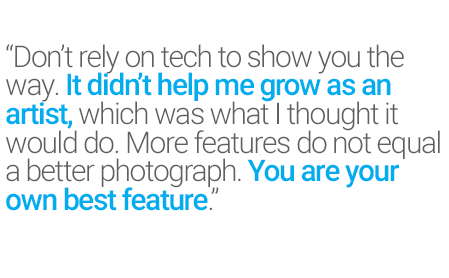
When I got into Canon, I could only afford the cropped sensor model (60D), and I realized that the camera’s design began to subconsciously affect how I worked. This was both good, and bad. In a positive light, it opens up possibilities, the camera design makes you rethink your relationship to the tech. In the negative, you attempt to justify new features you didn’t care about.
The camera came with an articulating screen, for example, a feature that ended up being a gimmick for me, as I tried to twist and turn it so I could shoot in strange angles, just for the heck of it. That’s more of my own fault, and the first major lesson in photography: don’t rely on tech to show you the way. It didn’t help me grow as an artist, which was what I thought it would do. More features do not equal a better photograph. You are your own best feature.
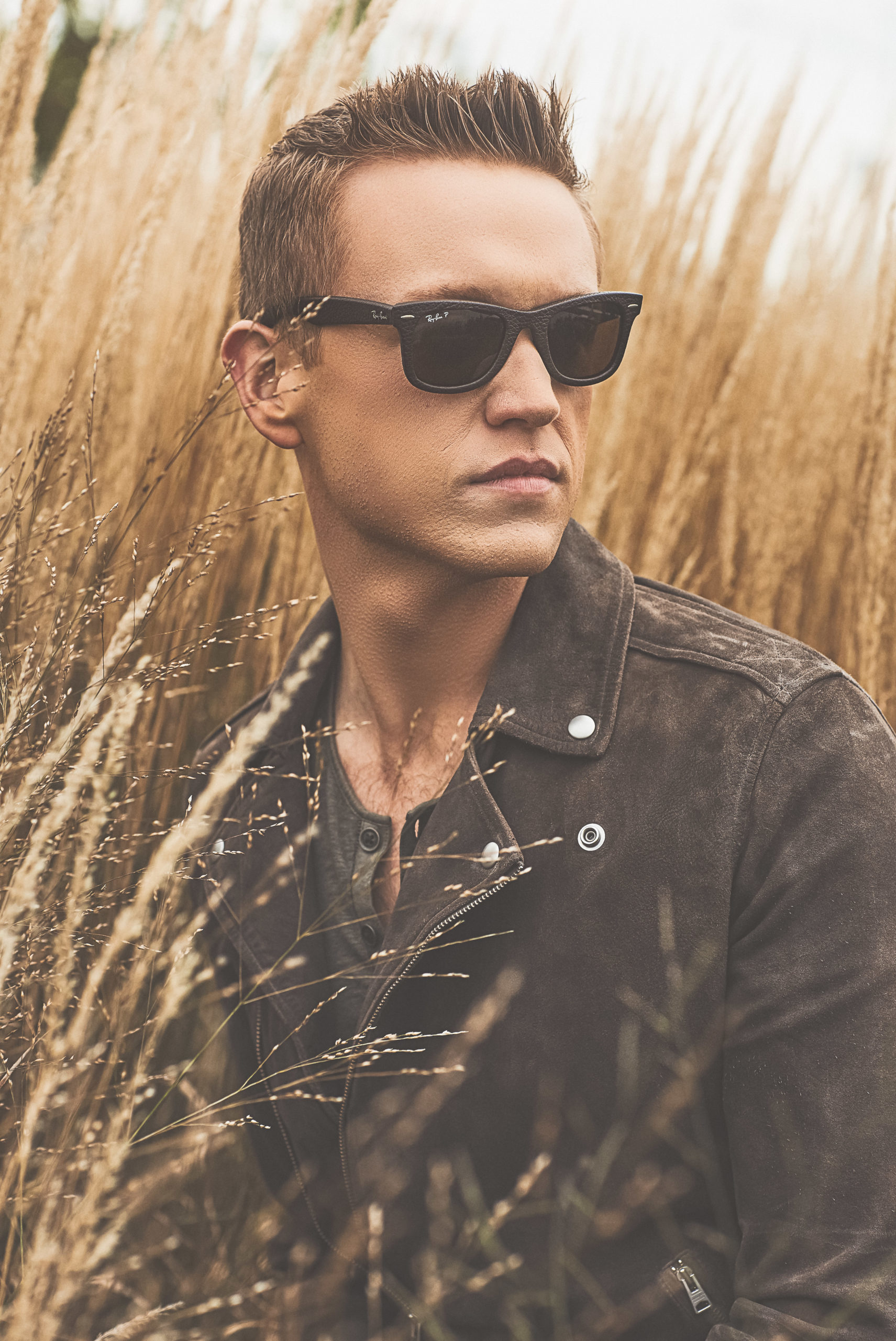 Describe your experience with DT and why you chose to shoot with Phase One gear.
Describe your experience with DT and why you chose to shoot with Phase One gear.
When I was just out of college, I had worked at Apple as both a Tech Specialist and Creative and saw the value of being a human face behind something that might intimidate others. I looked up Digital Transitions when I was researching medium format cameras, just out of curiosity and understanding for what was out there on the market. The team was easy to find; I live in New York, so their office was near the top of the search.
I felt lucky to know I was living in an area that had this resource, because, like my time at Apple, I wanted to have a personalized experience with a team of people who knew the tech inside and out; to have my questions answered as I experienced something brand new.
Medium Format felt very alien to me, I didn’t know what it was capable of, and what limitations I would come across. Would my shooting style be too active, too portable, too short-sighted or myopic to embrace the format in a useful way?
Medium format isn’t as intimidating to use as it is to buy or rent. I wasn’t sure if I would be financially ready, and I think this dominates the minds of many new adopters today. Investing in a new kit (costing several thousands) is daunting to anyone, especially when it’s a bigger jump from the mainstream consumer DSLR products out there. This doesn’t guarantee success, it may open a few doors, but in the long-term, without an understanding of your ultimate goal, you may end up feeling more lost than when you first came in.
This doesn’t guarantee success, it may open a few doors, but in the long-term, without an understanding of your ultimate goal, you may end up feeling more lost than when you first came in. After my time with Jeff Lin and the team, the process of adding to my kit felt as similar as buying a DSLR from another company. It was also held to a higher standard. I had told Jeff that the photo samples I received could be better, and you know what? He agreed. He sent new samples that showcased the tech marvelously, giving it value and meaning. I invested in Phase One because I wanted to get down to a lingering part of myself within the art: a better understanding and mastery behind the parts I would discount more frequently – lighting, and colors.

When you are starting out, you forgive yourself for overlooking these aspects because they aren’t as noticeable when using a lot of things out there. Medium format is unforgiving: it forces you to unabashedly look at the less prominent elements of a photograph, both on camera and within the software, holding you responsible. It ultimately gives you a deeper sense of ownership. There were elements of my photography I did not really understand I had control over before; now that I did, I was thinking on another level behind the choices I made on set, from the ground up.
How did you make the transition to professional photography, and how did making a living from photography impact your style of shooting?
If you are feeling at a loss in how to start your own brand or company, my advice is to be a part of another company that works with photography and digital media beforehand. Give yourself a running momentum by riding alongside another. Some may search for apprenticeships, but my heartfelt advice is to avoid that to save time. Look for actual jobs, openings, any opportunity that pays. I believe many search for apprenticeships too late in their lives. I also believe that apprenticeships are overflowing with applications, and it’s very hard to secure one unless you know someone on the team already.
On top of working at Apple, I also worked for an Event Photography company that employed hundreds of photographers to capture events. This allowed me to be sent out on jobs and held me to the standard of everyone already working for the company. I could see where my work stacked up against other people in my field. It was a great barometric test of my skills and professionalism.
After 2 years, I decided to fully go out on my own, and I felt that my photography was more about building a consistent brand, than changing the world. People would come to you when they knew what you stood for, how you told your story, or how you engaged them. People invest in what they know, so I gained more customers when people felt like they knew me through my work. It all became an element of remaining consistent with a core set of principles in myself in how I worked. That bled into every new photo added to my portfolio.
Tell us about one of the photos you have provided. Describe the technical choices you made or the journey you took leading up to the photo or a combination of both.
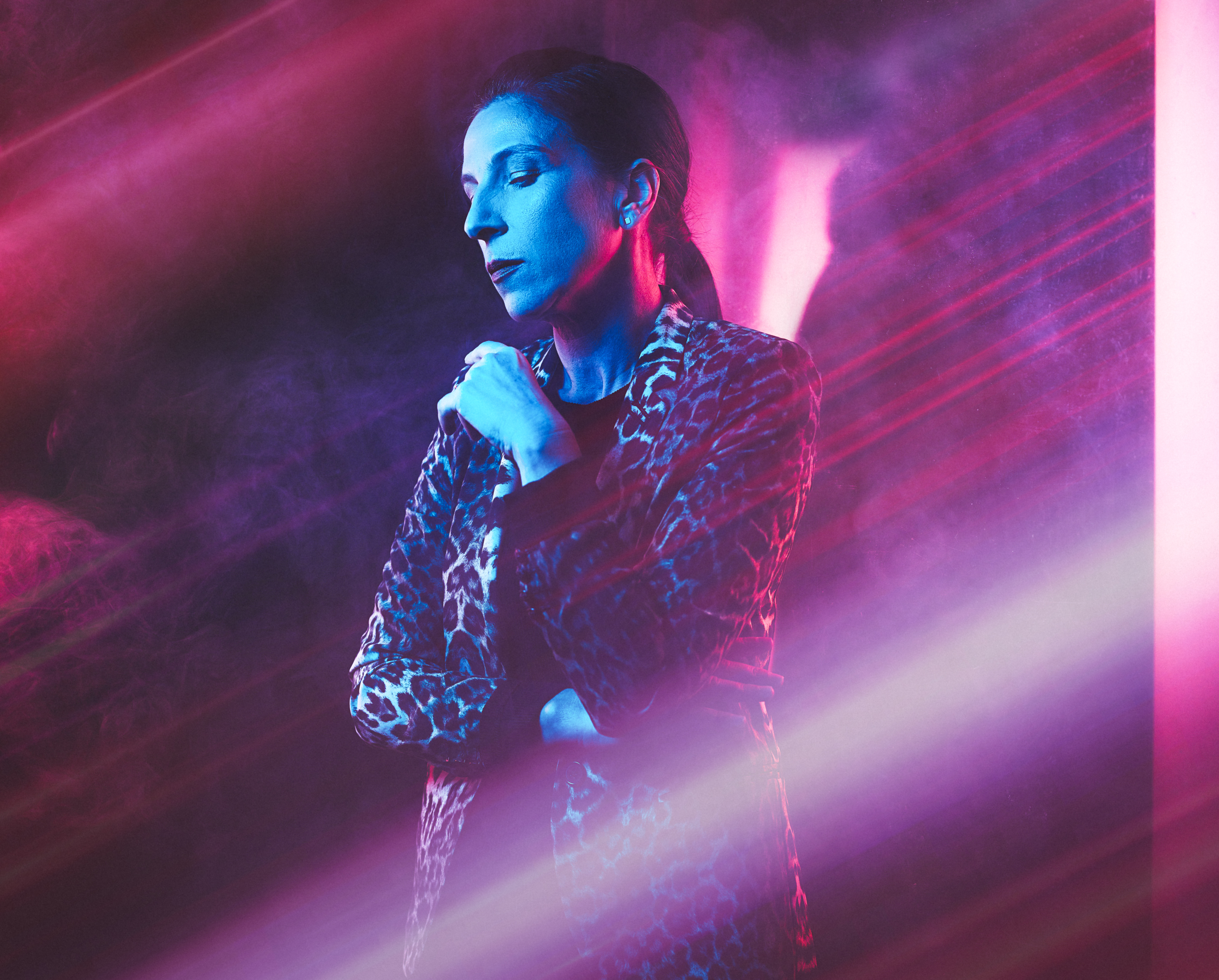
One of my clients was a singer who wanted to develop a new brand that was visually striking but didn’t know-how. We had shot other whimsical moments that felt very dreamlike, but for her next LP single, it felt like a David Bowie entry, with a touch of Annie Lennox.
After working on a mood board with several color palettes and references, my process was to work this shot with three light sources using only two colors gels. Additionally, I added some dark, black tinted plexiglass behind her, so only the lights would be reflected in the shot. In the plexiglass reflection behind her head, it looks like there’s a door opening behind her, some hallway…this was just the plexiglass reflecting what was in front.
We had smoke added in with a machine to give the shot dimension, so you could place her standing in this dark void, this mysterious space. Rays of light for the foreground are composited in later. The light was diffuse on the edge, very bright, possibly to give her some spacing for a vertical title, or to give the shot a frame on one side.
You always have to consider where the photo will be placed, and create space for text, framing if requested by the client. The main thing is outlining her frame with color, giving us a sense of her power, her alignment with the fantastical, phantasmagoric world of music she is enveloped in. If colors cut across her face, you’re making another statement, a different one. I wanted her to be a unifying force of genres. This was the first time I used all black plexiglass, and I’ve been discovering new ways to reuse it ever since.
If you had to do a project using the bare minimum of equipment, what would you bring?
Every photographer should have faith in themselves to be able to creatively use the camera, and just the camera to tell the story. Even if the shot is just a shadow. Light isn’t always your friend, darkness isn’t always your enemy. They are who you wish them to be.
What’s the most interesting/surprising/invaluable thing you keep in your equipment bag?
I cannot stress the value of a good (very good), portable speaker. I won’t say what brand it is, but a great speaker can drown out noises that are more distracting, like, perhaps, you, the photographer. There, I said it. It’s never “silent” on set. You’re making noise by adjusting lights, opening cases, shuffling around, there’s always going to be noise. Photographers think they can do no wrong, but dare I say…the sounds we sometimes make aren’t relaxing to clients at times. I would argue that music makes the mind more at ease because it has flow, it drowns out the little distractions, and gives them a melody they can hang onto.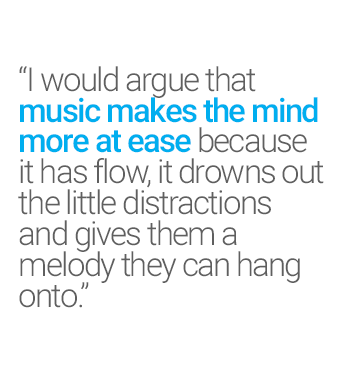
They might recognize the song, they might wonder who the artist is, they might start moving and dancing as if they’re in their own living room. This builds in “privileged” energy that you are given access to. They trust the space because they identify with the sound. Fill the space with beautiful sounds, because there is never complete silence.
What’s one thing you wish you knew when you started out?
When I started out, I dismissed so many important elements as “out of my control”. The biggest advice I’d give is that everything in the photograph, whether I like it or not, is mine. It’s so important to take full ownership of all elements of your tableau, your oeuvre. Don’t discount the background, don’t discount the flatness of the landscape. You are the deciding factor. You choose what to say. It’s yours, own it.
Do you have a “Passion Project” that you enjoy working on in your free time?
I love writing, filming, and editing videos, and have a Twitch channel. That’s not a common answer to this question, I’d say…but to everyone reading this, if you have free time, have a blast. Right now, for me, it’s in broadcasting and engaging my audience remotely on YouTube and Twitch. I create funny videos, play games, host trivia episodes.
I love every minute, and it fills in a similar desire I have with photography, which is to constantly connect with others. I’ve been able to create a following, many of whom also know I am a photographer. It’s not about being an influencer, social media giant, or Twitter tycoon. My free time has always been dedicated to creating video stories, even since I was in high school.
What was your most difficult project?
My most difficult project was working with someone who (unsurprisingly) didn’t like having their photo taken. They ironically hired me to do the job, because of the work they saw on my portfolio. What made it so hard was not the photography, but how they relied on me to give them energy, strength, and a sense of presence for the shot. It taught me that some clients may feel lost, but at a fault to YOU, the photographer.
It’s so important to give your subjects an island, a home, something they can call their own core, so they don’t need to rely on you. Otherwise, you’ll feel like you are determining the fate of two people, not just yourself. By the end of the day, I had come back to my wife (my girlfriend at the time), who said I looked like I had the life “drained out of me”. Living two lives was exhausting, and I would never do it again.
What’s your favorite activity or hobby outside of photography that you’ve experienced recently?
To keep myself familiar with things I cannot control but must work with, I enjoy surfing and tennis. I think it’s great to play sports that keep your core-trained. If you sit around all day, you’ll experience back pain like I did when I first started out lugging giant pelican cases to each job. It almost put me out of work for months. I think that it’s great not just to keep your core trained, but to engage in things that remind you as much as possible of how to stay in the moment and be present.
When you take that feeling and bring it on set, you become a person with flowing, strong energy that clients and colleagues can be inspired by. You are your own greatest resource, so the more you do outside photography, the more you bring on set; become the feature no one can replicate.
See more of Michael’s work at www.michaellevyphoto.com or on his Instagram, Twitter, Facebook, YouTube, and Twitch.
GALLERY

